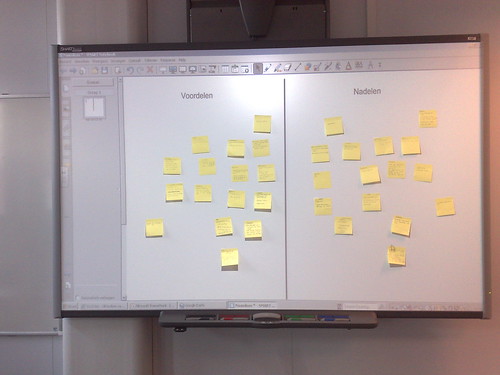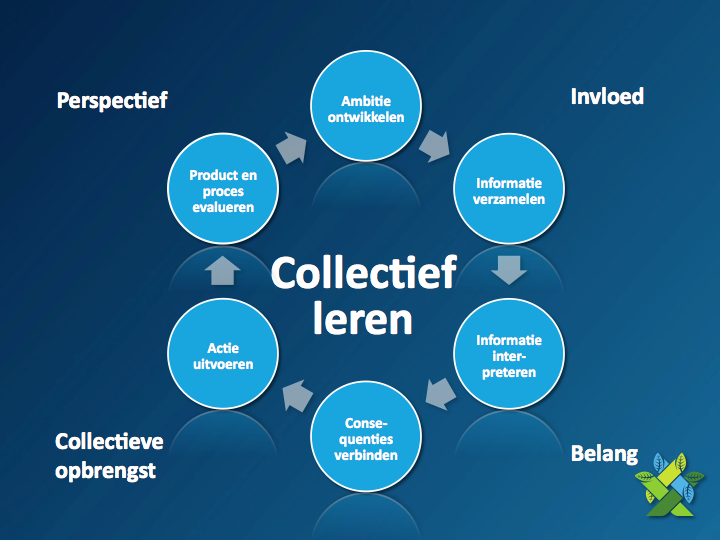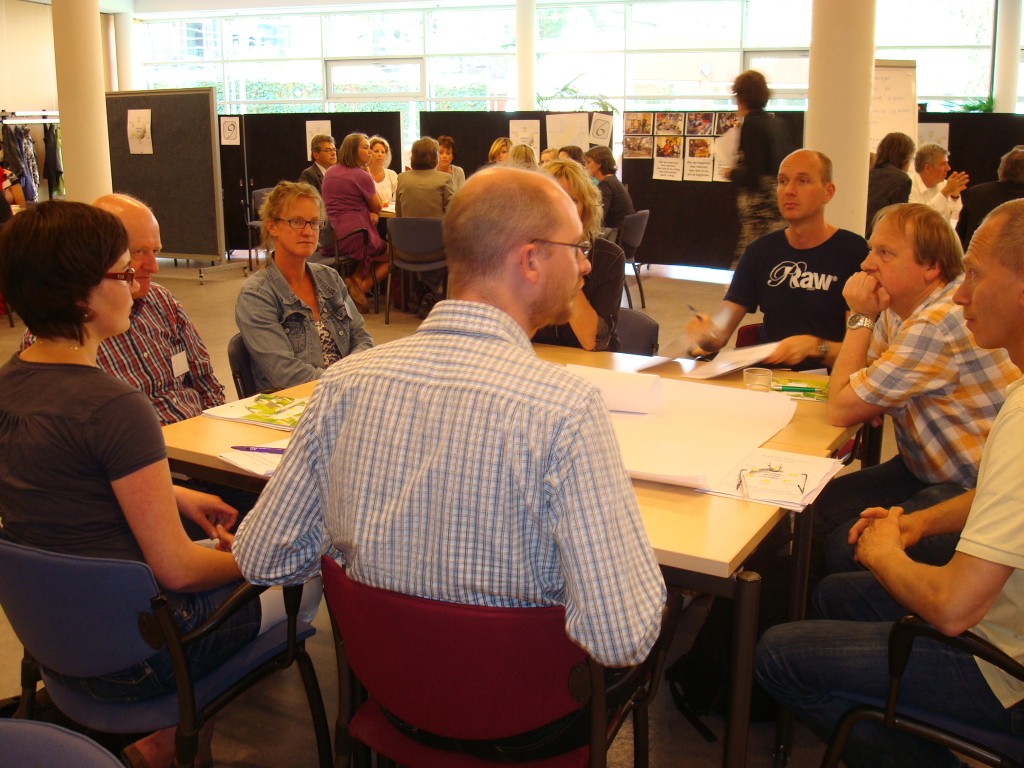In preparation on my PhD I start to write blogposts in English. Especially those related to my PhD-subject (how to prepare preservice teachers in the Netherlands to use technology in their teaching of mathematics in elementary education to enhance their TPACK capabilities). Writing in English is something I have to practise because the articles for my PhD have to be written in English. And because I’ve not written something in English since secondary education it is something I think I should start with right away. I don’t hope it’s to awfull. I try to avoid Dunglish as much as possible.
I started thinking about doing a PhD last September. I have spoken with many people about a possible subject related to ICT and education, my main field of interest. That’s how I started to think about doing research about the teacher preparation program and preservice teachers. To narrow this down I chose to focus on mathematics.
Now that I knew which subject I wanted to focus on I started to collect literature about the subject. The first article that I think is interesting is called :Preparing teachers to teach science and mathematics with technology: developing a technology pedagogical centent knowlegde (Teaching and Teacher education 21 (2005) 509-523) by M.L. Niess.
It’s the first article I want to discuss. Nies has written several articles about the subject. I try to discuss all of them in chronological order.
In this article Niess discibes a 1-year study at a teacher preparation program at a graduate level focused on the preparation of science and mathematics teachers to integrate technology. First she discribes some problems she sees in doing this. The first problem is that
Few teachers have been taught to teach their subject their subject matter with technology and as a survey by the National Center for Education Statistics found, only 20% of the current public school teachers feel comfortable using technology in their teaching (Rosenthal, 1999).
This is research done in 1999. I wonder what the situation is know. I think that preservice teachers that enrole now in teacher preparation programs have more experiences with the use of technology in education. I think that this is certainly the case for their experiences in secondary education.
Niess states that preservice teachers often learn about teaching and learning with technolgy in a more generic manner unconnected with the development of their knowledge of the subject matter. Niels wants to know:
how can teacher preparation programs guide preservice teachers’ development of a TPCK to prepare teachers for a classroom environment where technology significantly impacts and changes teaching and learning in K-12 science and mathematics classrooms?
Niess indicates that:
Beck and Wynn (1998) have described the integration of technology in teacher preparation programms on a continuum. At the one end the continuum the integration of technology is course seperate form the teacher preparation program while on the other end of the cotinuum the entire program is changed to implement the integration.
For this study Niess developed a conceptual and emperical framework, based on the four central components of Grossman of PCK, to describe the development of TPCK:
- an overarching conception of what it means to teach a particular subject integrating technology in the learning
- knowledge of instructional strategies and representations for teaching particular topics with technology
- knowledge of students’ understanding, thinking and learning with technology in a particular subject
- knowledge of curriculum and curriculum materials that integrate technology with learing in the subject erea (Borko & Putman, 1996, p. 690).
Niess concludes that:
- Teacher preparation programs need to consider specific directions to guide student teachers in expanding their understanding of the interactions of the knowledge of technology and the knowledge of their subject erea.
- Research hinted that student teachers have inadequate repertoires for teaching their subject matter (Ball, 1991, Borko et al. 1992; McDiarmid, 1990) resulting in a limited PCK. Given the recent inclusion of technology in education, many preservice teachers have limited experiences in learning their subject matter with technology. They have not seen or experienced many instructional strategies and representations of their subject within a technological framework.
- In their beginning student teaching experience, the student teacher were naturally focused on their own teaching and less likely to think about their students’ understanding, thinking and learning.
Students, described in the 5 case-studies, were provided with technologies to use in the classroom because the school itself had limited availability of these resources. In real life situations in a teacher preparation program this is impracticable. You can’t give all students the recources they need. The situation at the training school is therefor also very important. Consider the Four in Balance-model (Kennisnet, 2010) that states that the use of technology in education is best served when vision, ICT infrastructure, educational software and content and knowledge, attitude and skills are in balance.
A very important point Niess makes is the fact that “student teacher were naturally focused on their own teaching and less likely to think about their students’ understanding, thinking and learning.” This refers, in my opinion, to the Concerns Based Adoption Model (Hall and Hord, 1987). Searching for more information about this subject I stumbled upon the Levels of Technology Implementation (LoTi) Framework of C. Moertsch (1998). Something to explore further next time.
The articles end with some interesting researchquestions:
- What program models support teachers in gaining the skils, knowledge, and beliefs that support teaching different subjects with technology?
- Wat are the important skills, knowledge and beliefs?
- How does TPCK change for different content ereas?
- What experiences are essential in building a TPCK?
- What technologies are important?
- What support do student teachers need as they practice teaching with technologies?



